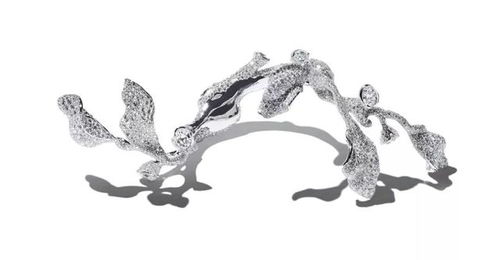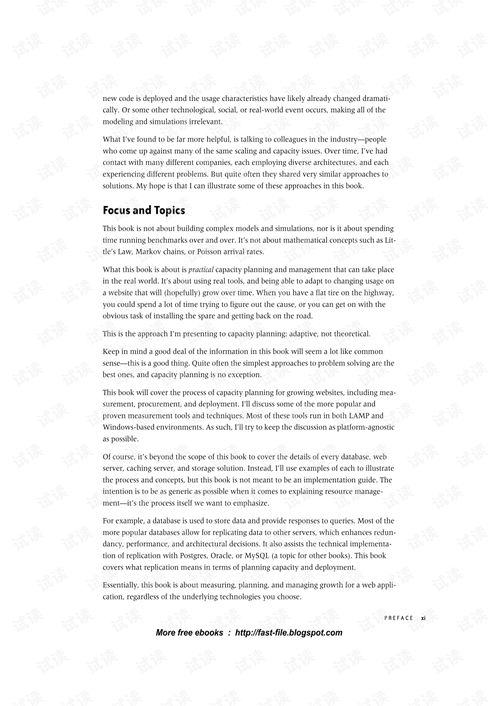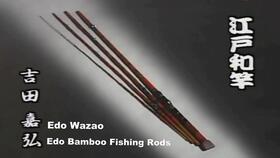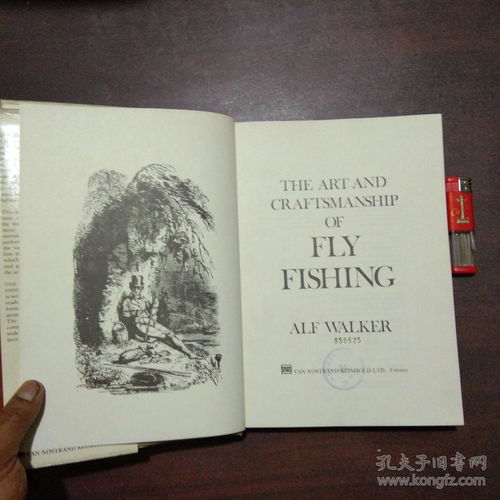Content:
Fishing, an age-old pastime, offers not just relaxation but also the thrill of the catch. Among the many skills required to excel in this hobby, one stands out as particularly crucial: the art of reeling in or "slipping" the fish. Whether you're a seasoned angler or a beginner, mastering the technique of how to lift the hook and slip the fish can significantly enhance your fishing experience. Here's a comprehensive guide to help you perfect this essential skill.
Understanding the Basics of Hooking and Lifting
Before diving into the intricacies of reeling in, it's important to understand the basics of hooking and lifting. When a fish takes the bait, it's crucial to set the hook quickly and firmly. This ensures that the fish is securely attached to the line. Once the hook is set, the next step is to lift the fish from the water.

The Right Gear for the Job
To effectively lift and slip a fish, you'll need the right gear. A sturdy rod, a reliable reel, and a strong line are essential. The rod should be long enough to keep the line taut but not so long that it becomes unwieldy. The reel should be capable of handling the weight of the fish you're targeting, and the line should be strong enough to withstand the fish's strength without snapping.
Preparation Before Lifting
Before attempting to lift the fish, ensure that you have a clear view of the hook and the fish's mouth. This will help you to avoid damaging the fish or the hook. Also, check that your fingers are out of the way to prevent any accidental cuts or injuries.
The Lift
To lift the fish, start by gripping the rod firmly with both hands. Hold the rod at a 45-degree angle to the water, with the reel in your non-dominant hand. This angle will help you maintain control over the line and the fish.
Set the Hook: Once the fish is securely hooked, begin to lift the rod slowly but steadily. Avoid jerking or sudden movements, as this can cause the fish to become stressed or even break the line.
Control the Fish: As you lift the fish, keep the line taut but not too tight. This will prevent the fish from thrashing around and potentially becoming unhooked. If the fish starts to pull away, ease off on the pressure and wait for it to tire.
Prepare for the Slip: When the fish is close to the surface, prepare to slip it. This involves guiding the fish into a position where you can remove the hook without causing harm.
The Slip
The slip is the most delicate part of the process. Here's how to do it:
Position the Fish: Position the fish so that its mouth is facing away from you. This will make it easier to see the hook and remove it.
Remove the Hook: Use a pair of needle-nose pliers or a hook remover tool to gently remove the hook. Be careful not to pull the hook out too quickly, as this can cause internal damage to the fish.
Handle the Fish Gently: Once the hook is removed, handle the fish gently. Avoid squeezing it or holding it by the gills, as this can cause harm.
Release the Fish: After handling the fish carefully, release it back into the water. Make sure it is fully submerged before you let go to allow it to recover quickly.
Common Mistakes to Avoid
Several common mistakes can hinder your ability to successfully lift and slip a fish. Here are a few to watch out for:
- Over-lifting: Avoid lifting the fish too high out of the water, as this can cause stress and injury.
- Using the Wrong Technique: Be consistent with your lifting and slipping technique to ensure the fish remains calm.
- Neglecting the Gear: Use the right gear for the fish you're targeting to ensure a successful catch and release.
Conclusion
Mastering the art of reeling in and slipping fish is a skill that takes practice and patience. By understanding the basics, using the right gear, and following the proper techniques, you'll be well on your way to becoming a proficient angler. Remember to always handle fish with care and respect, and you'll enjoy a more rewarding and sustainable fishing experience. Happy fishing!












